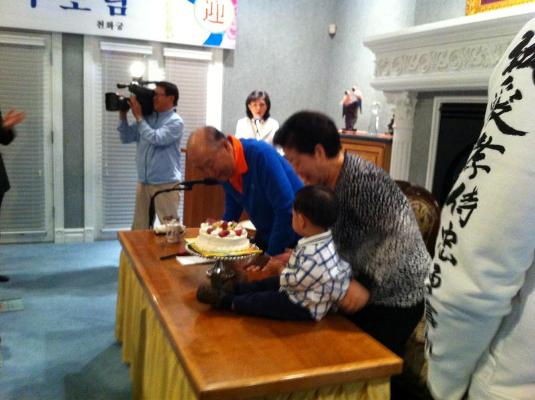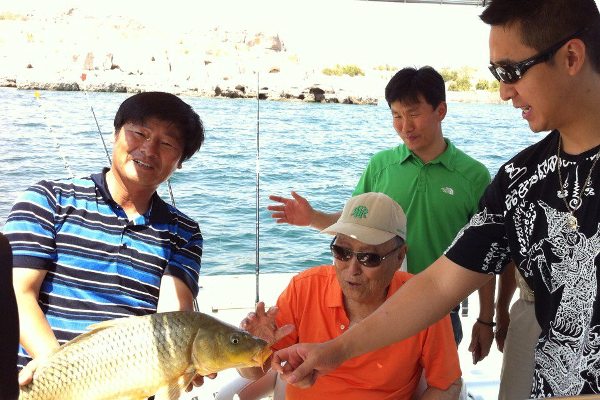![]()
The Words of the Sun Myung Moon from 2012
|
|
The Words of the Sun Myung Moon from 2012 |

Sun
Myung Moon and Hak Ja Han – June 3, 2012
Note: These notes are taken from a Peace TV video clip. They cannot be published as definitive texts and should never be used in the future as an "official" publication of True Father's words. However, they do provide a good idea of the "spirit" of the message. -- Rev. Katsumi Kambashi
"Say 누시엘 (Nooshiel: Lucifer). 누 (Noo) represents 인류 (Inryoo: humankind). 시 (Shi) represents 씨 ('Shi: seed)."
"In the spirit world, people are separated according to their tribes."
'It should be 상하 우좌 (上下右左: upper, lower, right and left), but (people say) 상하 좌우 (上下左右: upper, lower, left and right). Who reversed this ('right and left)'? It is a woman."

Sun
Myung Moon – June 3, 2012
(Reading from his notebook) "Directions given on the 48th True Children's Day, Nov. 11, 2007: Nov. 11 is 11 plus 11. (Then he pointed eleven times on his both hands respectively)."
"Before I was 8 years old, I pored over all six chapters of *소학 (小學 / Sohak). When I was nine years old, I caught the secrets of God, Adam and Eve, and Lucifer, and I have puzzled it out throughout my life. (Then he opened his speech binder.) When you see page 9, you can find the sub-header 'The Three Stages of Life." (Then he read that part of the speech). ''Ladies and gentlemen, God created us as His children. As the original, absolute, unique, unchanging and eternal being, God created human beings by breathing His love into them to endow them with a soul. If not for the Fall, we would have been able to perfect ourselves, including our spiritual self, as God is perfect, fulfill the way of absolute faith, absolute love and absolute obedience, and attain eternal life.'"

Sun
Myung Moon and Hyung Jin Moon – June 3, 2012
Father sang a Japanese song "幸せって何だろう" (What Do You Think That Happiness Is?) together with the participants. During the song, he said, "This is the song that the Second Messiah made."
*소학 (小學 / Sohak): Ancient philosophy, which believed to be taught for children in Chinese dynasties from around 2000 BC to 200 BC. A scholar Joohee / 주희 /朱憙 (1130 -- 1200) later collected and organized it for children's education.